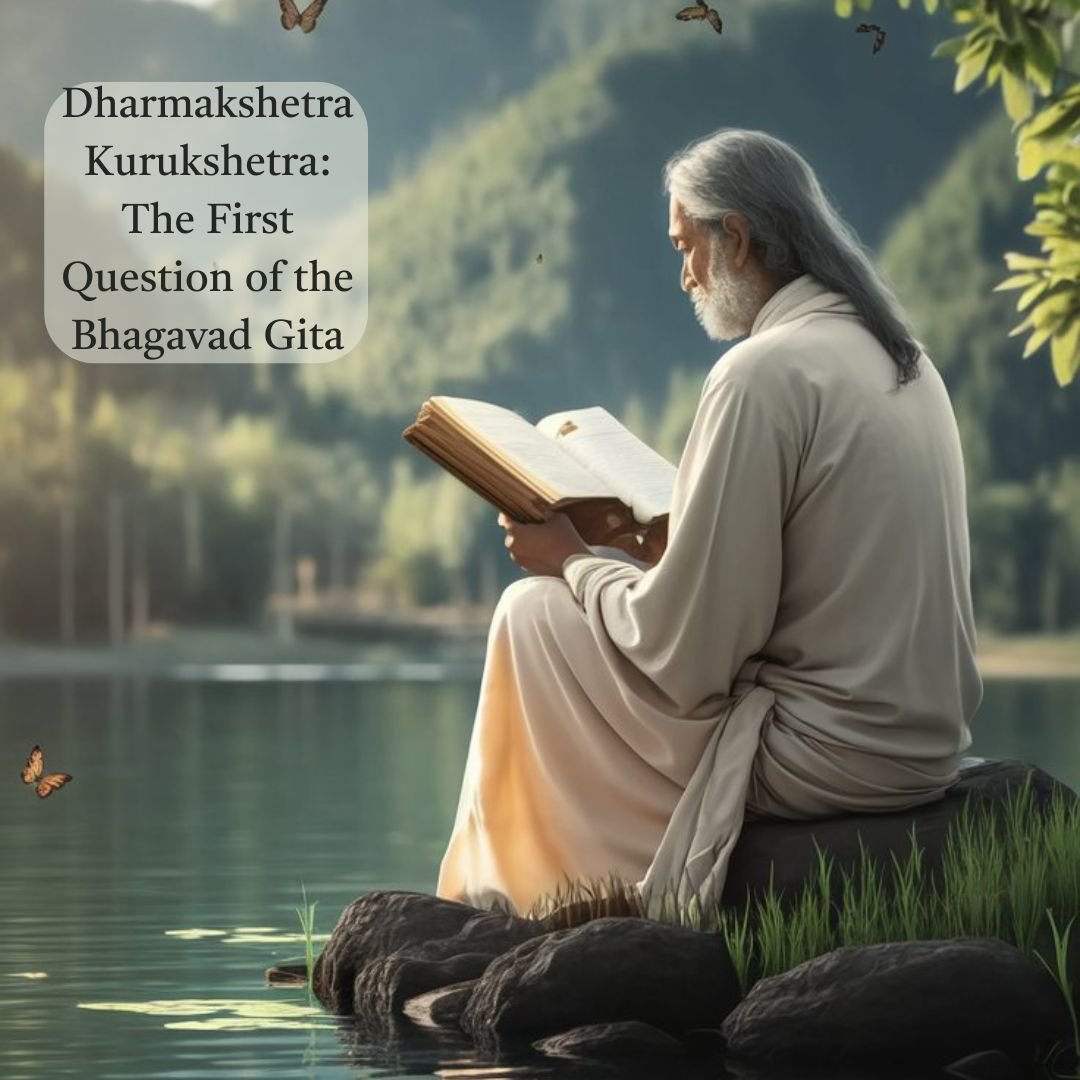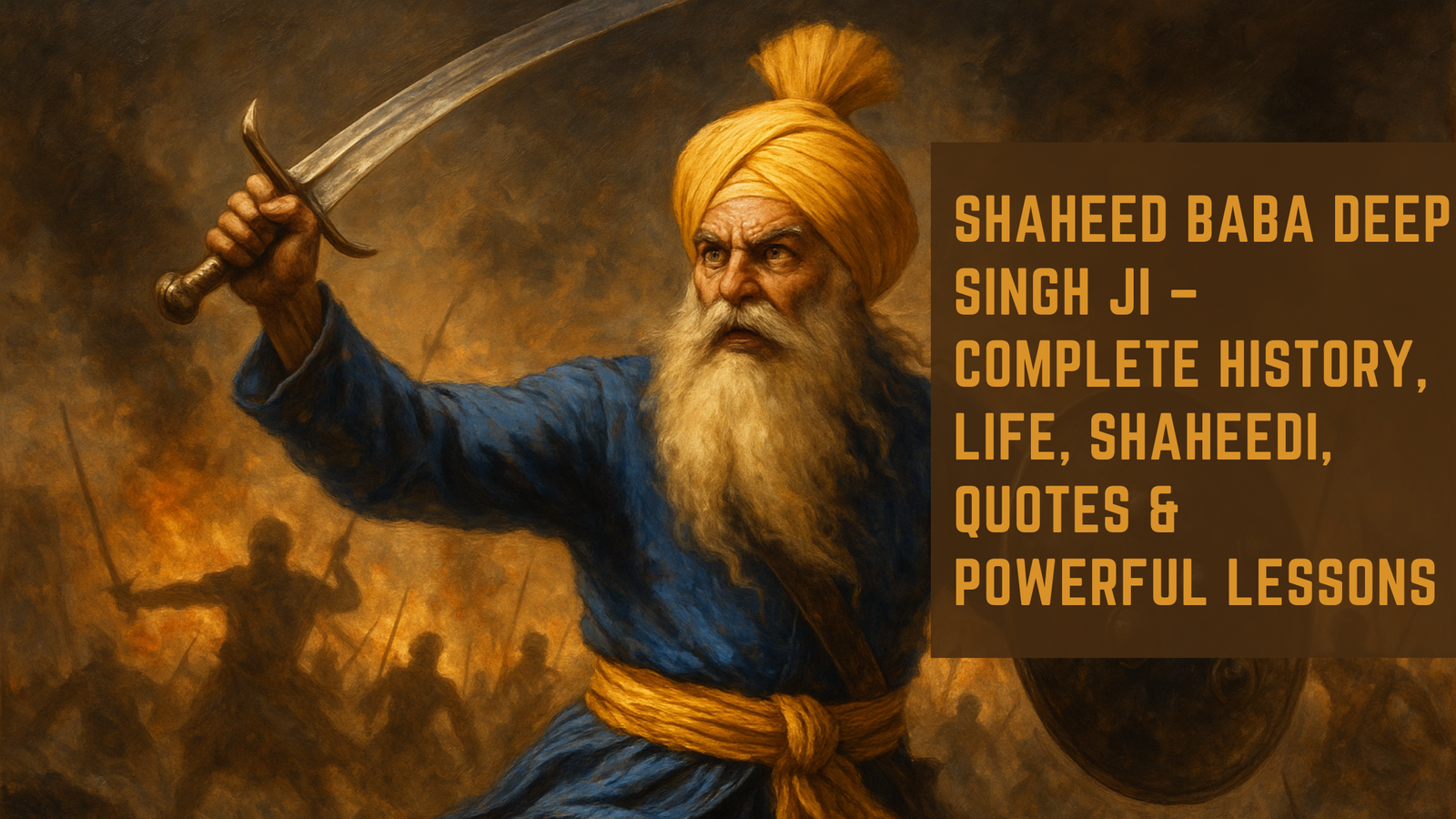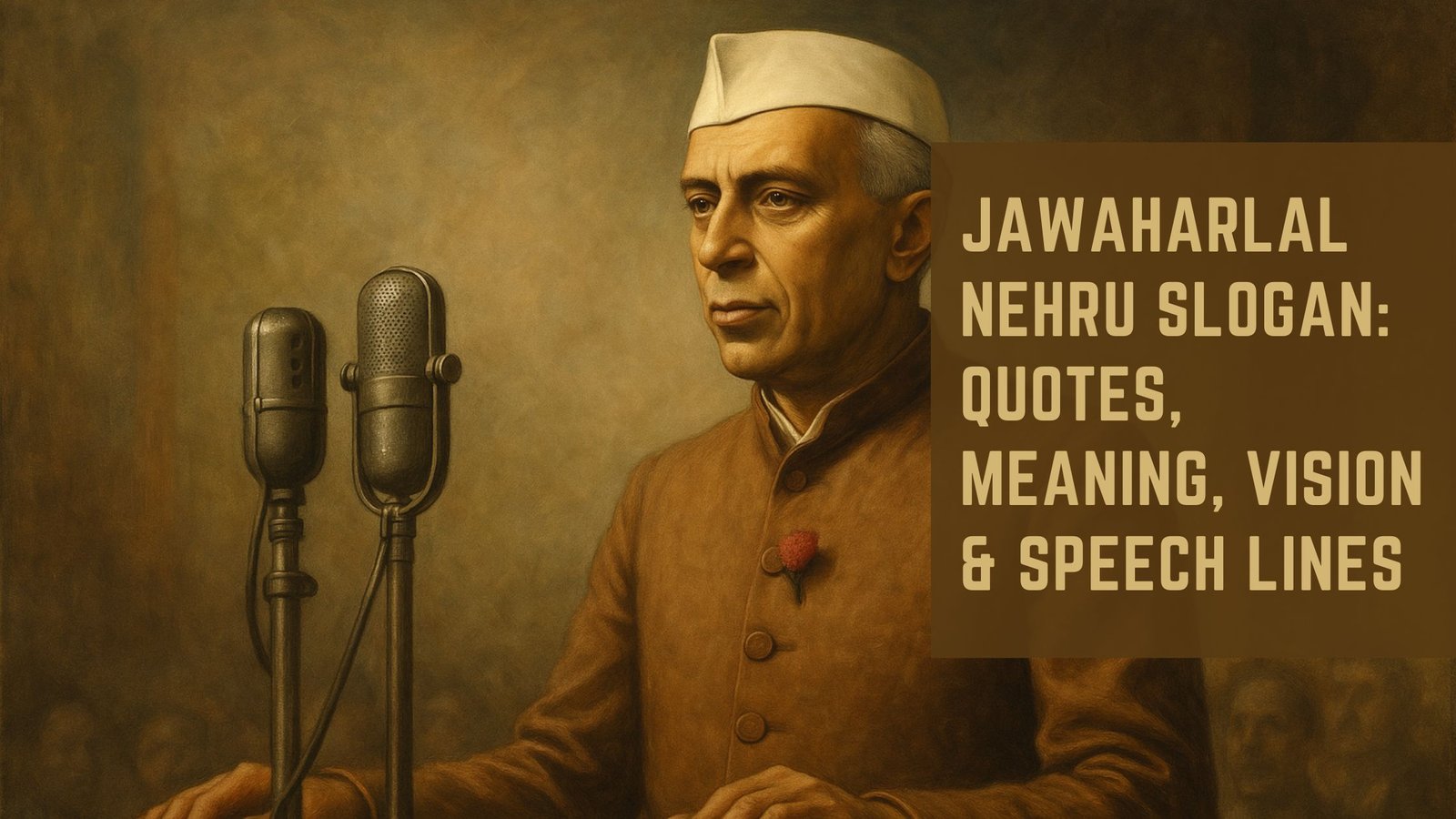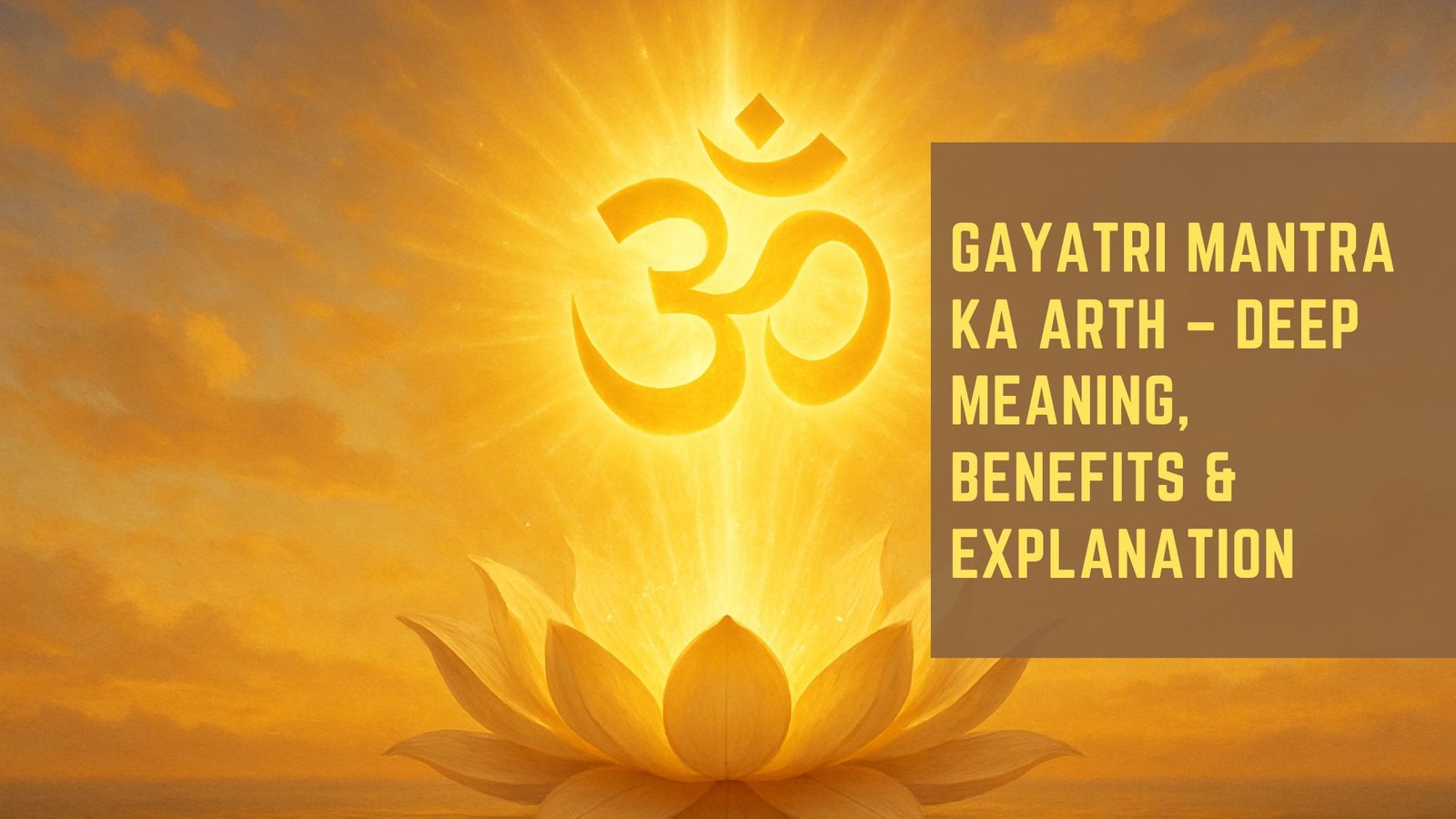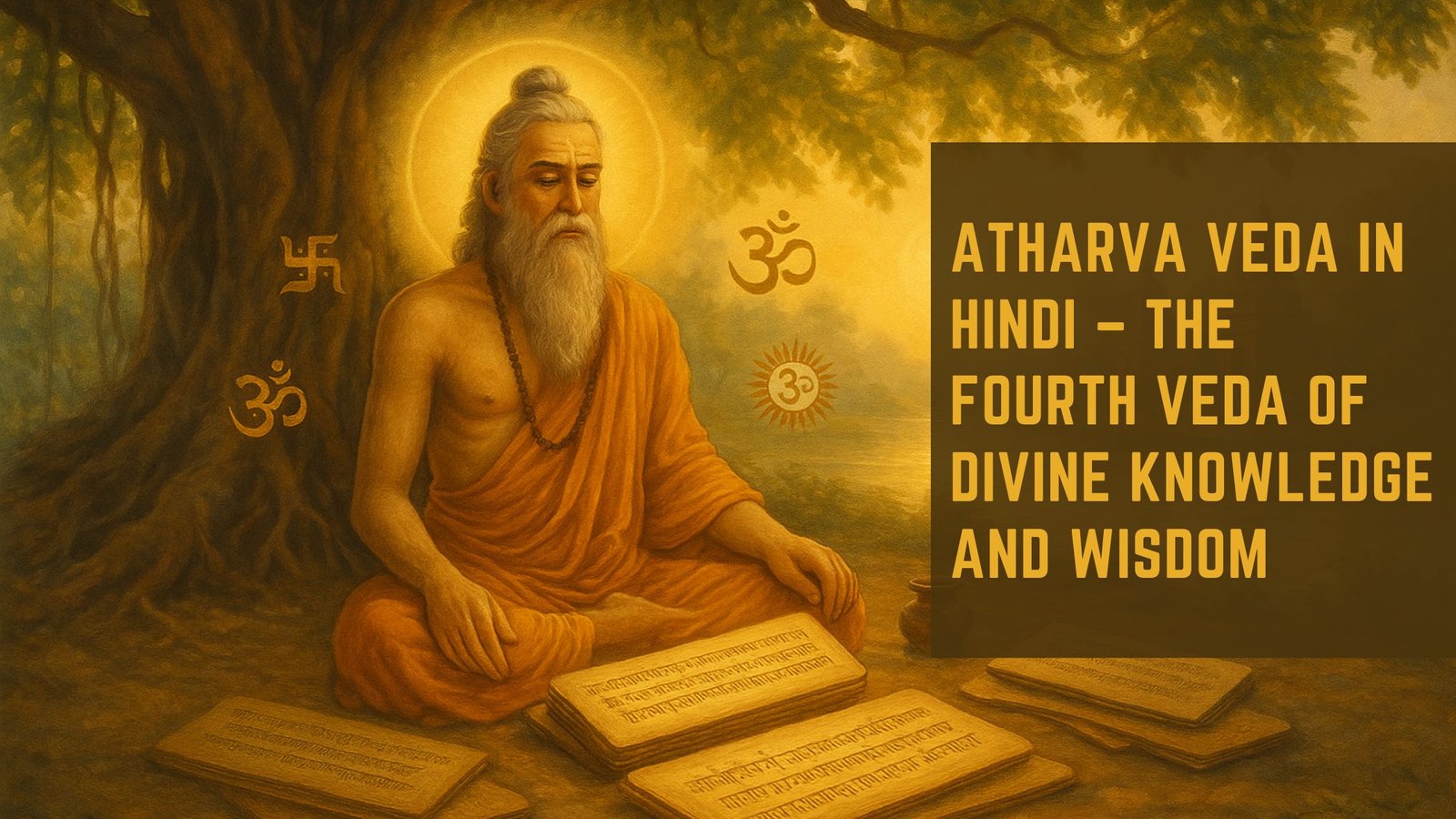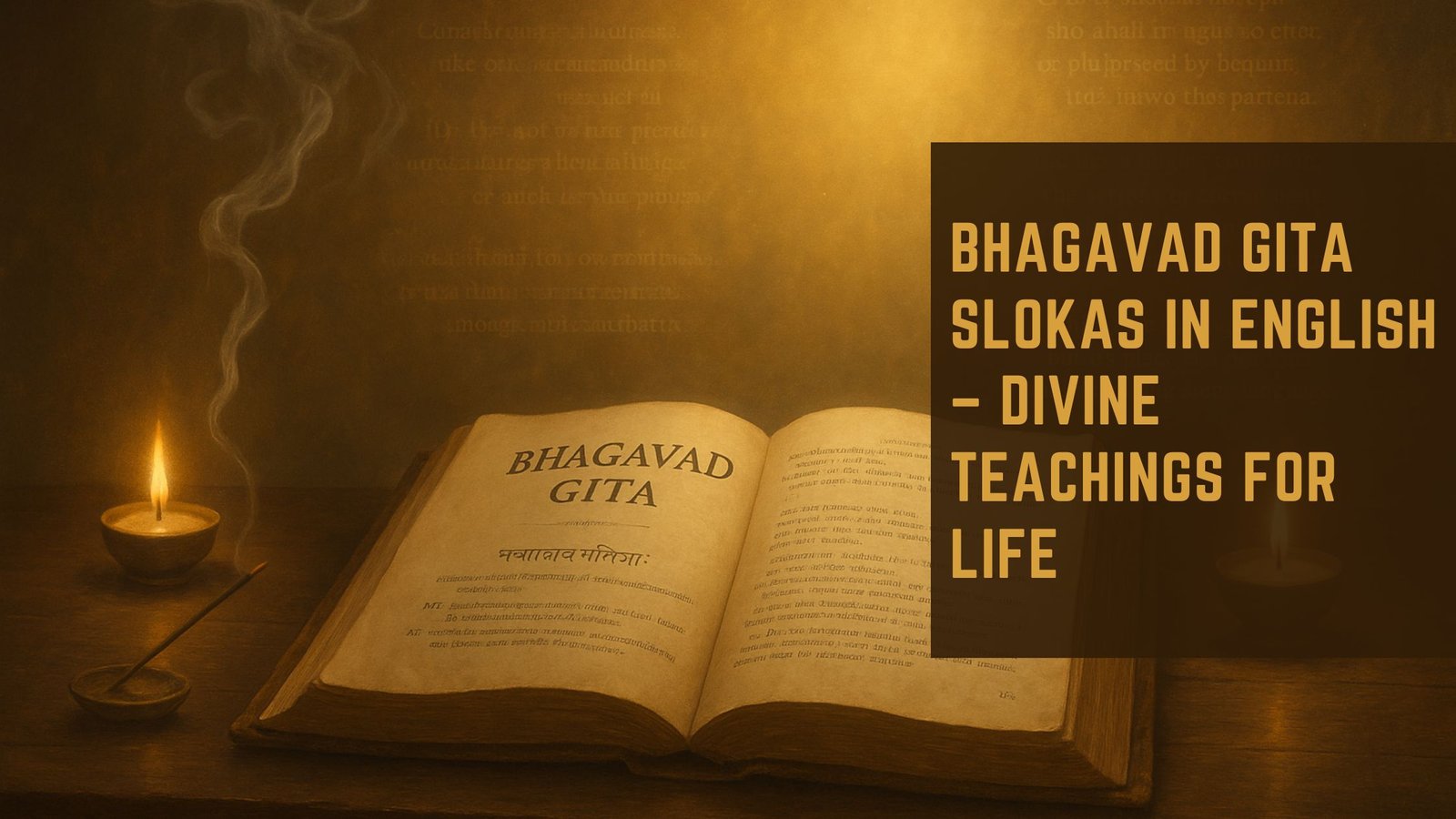The Bhagavad Gita, a revered text in Hindu philosophy, serves as a spiritual guide that addresses the moral and ethical dilemmas faced by individuals. Chapter 1, titled “The Despondency of Arjuna,” sets the stage for the profound dialogue between Prince Arjuna and Lord Krishna. This chapter is pivotal as it introduces the central conflict that Arjuna faces on the battlefield of Kurukshetra, where he is torn between his duty as a warrior and his moral qualms about fighting against his own kin.
The emotional turmoil experienced by Arjuna resonates with many, making this chapter not only a historical account but also a timeless exploration of human emotions and responsibilities. In this opening chapter, the reader is drawn into a moment of intense psychological struggle. Arjuna’s internal conflict serves as a mirror reflecting the complexities of human life, where choices often come with significant consequences.
The Gita’s teachings transcend time and culture, offering insights that are relevant to contemporary issues of duty, ethics, and personal growth. As the narrative unfolds, it becomes clear that the themes presented in this chapter are not merely confined to the battlefield but extend to the everyday battles individuals face in their lives.
Key Takeaways
- The Bhagavad Gita Chapter 1 sets the stage for the epic conversation between Lord Krishna and Arjuna on the battlefield of Kurukshetra.
- The setting of the chapter is the battlefield of Kurukshetra, where the great war of Mahabharata is about to begin, and Arjuna is filled with doubt and moral dilemma.
- Key characters in the chapter include Arjuna, Lord Krishna, Duryodhana, and Bhishma, each playing a significant role in the unfolding of the events.
- Arjuna’s dilemma of facing his own relatives and teachers in the battlefield is relevant to modern life as it reflects the inner conflicts and moral dilemmas we face in our daily lives.
- Swami Mukundananda’s interpretation of Chapter 1 provides insights into the deeper spiritual meanings and practical applications of the teachings in the context of modern life.
The Setting and Context of the Chapter
The setting of Chapter 1 is the battlefield of Kurukshetra, a location steeped in historical and spiritual significance. This vast expanse of land is not just a physical arena for war; it symbolizes the moral battleground that each individual encounters in life. The chapter opens with the conch shells being blown, signaling the commencement of battle, yet it is here that Arjuna’s hesitation becomes palpable.
The atmosphere is charged with anticipation, but instead of courage, Arjuna is engulfed by doubt and sorrow. The context surrounding this chapter is crucial for understanding its depth. The Kurukshetra War represents a clash not only of armies but also of ideologies and values.
Arjuna stands at the crossroads of dharma (duty) and adharma (unrighteousness), grappling with the implications of his actions. This setting serves as a backdrop for exploring profound philosophical questions about life, duty, and morality. The tension between familial loyalty and societal obligations is palpable, making it clear that the stakes are high for Arjuna and his kin.
Key Characters and their Roles in the Chapter

In Chapter 1 of the Bhagavad Gita, two primary characters emerge as central figures: Arjuna and Lord Krishna. Arjuna, a skilled archer and warrior, embodies the archetype of a hero faced with an ethical dilemma. His character is multifaceted; he is brave yet vulnerable, strong yet conflicted.
As he surveys the battlefield filled with relatives, teachers, and friends on opposing sides, his sense of duty clashes with his emotional ties, leading him to question the righteousness of the war. Lord Krishna, serving as Arjuna’s charioteer, plays a crucial role in guiding him through this moral crisis. Krishna represents divine wisdom and serves as a mentor who imparts knowledge that transcends the immediate situation.
Krishna’s presence is not merely that of a charioteer; he embodies the voice of reason and spiritual insight that will ultimately lead Arjuna toward clarity and understanding. For more information on the Bhagavad Gita and its significance, you can visit the Bhagavad Gita website.
Arjuna’s Dilemma and its Relevance to Modern Life
| Aspect | Arjuna’s Dilemma | Relevance to Modern Life |
|---|---|---|
| Conflict | Arjuna’s inner conflict about fighting in the Kurukshetra war | Modern individuals face conflicts in personal and professional life |
| Morality | Arjuna’s moral dilemma about killing his own relatives | Modern society grapples with ethical decisions in various situations |
| Duty | Arjuna’s duty as a warrior conflicting with his personal beliefs | Modern individuals struggle with balancing responsibilities and personal values |
| Guidance | Arjuna seeks guidance from Krishna | Modern individuals seek advice from mentors, coaches, or spiritual leaders |
Arjuna’s dilemma is one that resonates deeply with individuals across cultures and eras.
This struggle reflects the universal theme of choosing between personal desires and societal expectations.
In modern life, individuals often find themselves at similar crossroads—whether in professional settings where loyalty to colleagues may conflict with ethical standards or in personal relationships where love may clash with duty. The relevance of Arjuna’s dilemma extends beyond mere philosophical discourse; it serves as a reminder of the complexities inherent in decision-making. In an age where choices abound and consequences are magnified by social media and public scrutiny, individuals may feel paralyzed by fear or uncertainty.
Arjuna’s moment of hesitation encourages introspection and highlights the importance of seeking guidance when faced with difficult choices. His journey invites individuals to confront their own dilemmas with courage and integrity.
Swami Mukundananda’s Interpretation and Insights on Chapter 1
Swami Mukundananda offers profound insights into Chapter 1 of the Bhagavad Gita, emphasizing its relevance to contemporary life. He interprets Arjuna’s despondency as a reflection of the inner turmoil that many experience when confronted with life’s challenges. According to Swami Mukundananda, this chapter serves as an invitation to explore one’s own values and beliefs in light of external pressures.
He encourages readers to recognize that moments of doubt can be catalysts for growth and self-discovery. Furthermore, Swami Mukundananda highlights the importance of seeking guidance from a higher source during times of crisis. Just as Arjuna turns to Krishna for wisdom, individuals today are encouraged to seek mentors or spiritual guides who can provide clarity amidst confusion.
This interpretation underscores the timeless nature of the Gita’s teachings—reminding readers that even in moments of despair, there exists an opportunity for enlightenment and transformation.
Lessons and Teachings from Chapter 1

Chapter 1 imparts several key lessons that resonate deeply with readers. One significant teaching is the importance of self-awareness in navigating life’s challenges. Arjuna’s initial inability to confront his emotions serves as a cautionary tale about the dangers of suppressing one’s feelings.
The chapter encourages individuals to acknowledge their doubts and fears rather than ignore them, fostering a deeper understanding of oneself. Another vital lesson from this chapter is the concept of duty (dharma). Arjuna’s struggle illustrates the complexities involved in fulfilling one’s responsibilities while remaining true to personal values.
The Gita teaches that duty should be approached with discernment; it is not merely about following societal norms but understanding one’s role within a larger context. This lesson encourages individuals to reflect on their own responsibilities and how they align with their core beliefs.
Practical Application of Chapter 1 in Daily Life
The teachings from Chapter 1 can be practically applied in various aspects of daily life. For instance, individuals facing difficult decisions can benefit from taking a moment to pause and reflect on their emotions before acting impulsively. Just as Arjuna sought clarity before engaging in battle, people today can cultivate mindfulness practices that allow them to process their feelings and make informed choices.
Moreover, embracing the concept of duty can lead to more meaningful engagement in personal and professional spheres. By understanding one’s responsibilities within relationships or workplaces, individuals can navigate conflicts with greater empathy and integrity. This chapter encourages readers to approach their duties not as burdens but as opportunities for growth and connection.
Conclusion and Next Steps for Further Study
In conclusion, Chapter 1 of the Bhagavad Gita serves as a powerful introduction to the themes of duty, morality, and self-discovery. Through Arjuna’s internal struggle, readers are invited to reflect on their own dilemmas and consider how they navigate complex choices in their lives. The insights offered by Swami Mukundananda further enrich this exploration, emphasizing the importance of seeking guidance during times of uncertainty.
For those interested in delving deeper into the teachings of the Bhagavad Gita, further study can include exploring subsequent chapters that build upon Arjuna’s journey toward enlightenment. Engaging with commentaries from various spiritual leaders can also provide diverse perspectives on these timeless teachings. Ultimately, Chapter 1 serves as a foundation for understanding not only the Gita but also the intricate tapestry of human experience that connects us all.
Swami Mukundananda’s teachings on Bhagavad Gita Chapter 1 can be further explored in the related article “Seeking Wisdom: Bhagavad Gita 2.47”. This article delves into the importance of seeking wisdom and how it can guide us on our spiritual journey. It complements Swami Mukundananda’s insights on the nature of man and the message of the Bhagavad Gita, as discussed in “The Bhagavad Gita: Understanding the Nature of Man” and “The Message of the Bhagavad Gita: Finding Purpose and Inner Peace”. These articles provide a comprehensive understanding of the timeless wisdom found in the Bhagavad Gita and how it can help us navigate life’s challenges with grace and inner peace.
FAQs
What is the Bhagavad Gita?
The Bhagavad Gita is a 700-verse Hindu scripture that is part of the Indian epic Mahabharata. It is a sacred text of the Hindu religion and is considered one of the most important spiritual classics.
Who is Swami Mukundananda?
Swami Mukundananda is a renowned spiritual leader, philosopher, and teacher of the ancient Indian philosophy of Bhakti Yoga and the Bhagavad Gita. He is known for his discourses on the Bhagavad Gita and has a large following of spiritual seekers.
What is the significance of Bhagavad Gita Chapter 1?
Chapter 1 of the Bhagavad Gita, titled “Observing the Armies on the Battlefield of Kurukshetra,” sets the stage for the epic battle that is about to take place. It introduces the key characters and provides the context for the teachings that Lord Krishna imparts to Arjuna in the subsequent chapters.
What are the key teachings of Swami Mukundananda on Bhagavad Gita Chapter 1?
Swami Mukundananda emphasizes the importance of understanding the inner battle that each individual faces in their life, similar to the external battle depicted in Chapter 1. He also highlights the significance of seeking guidance from a spiritual mentor, symbolized by Arjuna seeking counsel from Lord Krishna.


